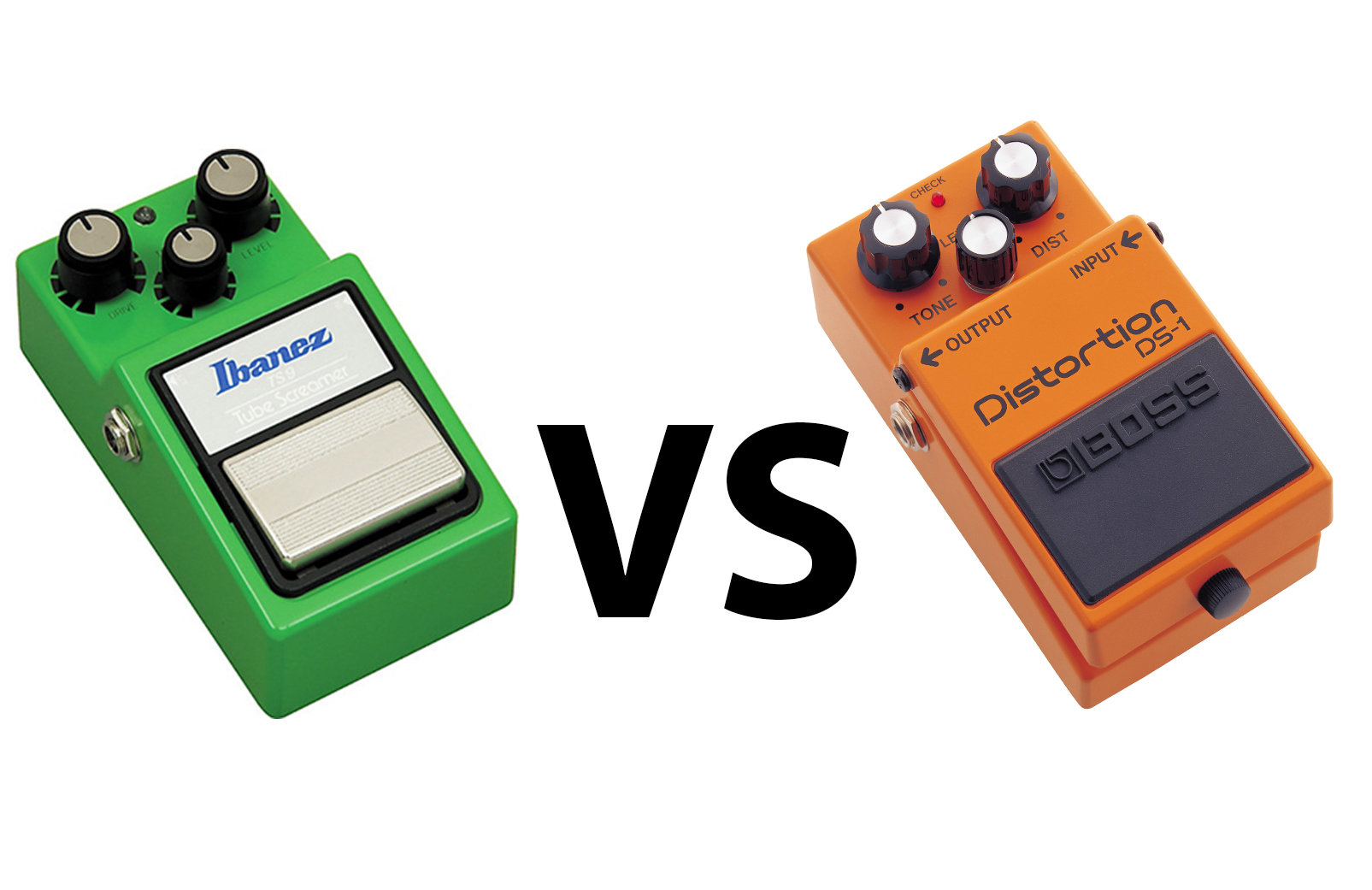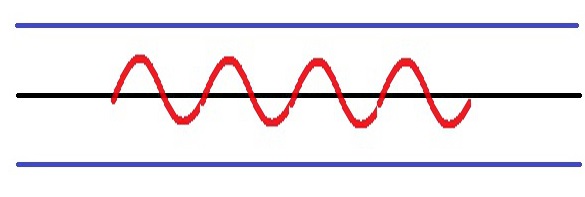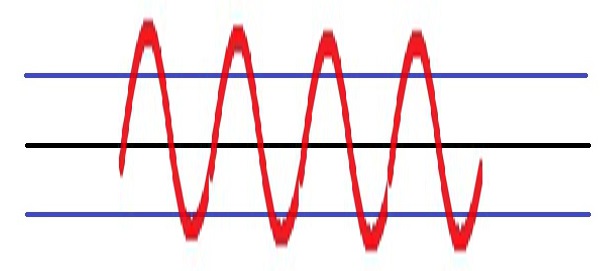
By Ed Malaker
Posted 11/20/2019
Many times in guitar shops, especially when talking about distortion or overdrive effects, we hear the terms “hard clipping” and “soft clipping” used to describe the different sound effects that are created by pedals. It can be confusing if you don’t understand these terms or how they affect your sound. Today we’re going to discuss the differences between soft clipping and hard clipping. We’ll describe each type and explain what causes it to occur. We’ll also talk about whether each type is useful and how each can be prevented, if needed.
What is Clipping?
Before we can discuss soft and hard clipping, we need to understand what clipping is. Clipping is the term we use to describe what happens when we send a signal to a receiving device that is too strong for that device to handle. The signal can come from the guitar, bass, effects pedal, turntable, or any device that produces sound.
Once the signal leaves the guitar, it travels to the input jack of an amplifier, mixer, effect pedal, or some other receiving device. If the sound coming from the generator is too strong for the receiver, the result is a distorted sound that we call clipping. The distortion we hear is a result of the way the receiver handles the overpowering signal.
Many times your input device will have some meter telling you how hot the signal is. If that meter gets into the red, there’s most likely some clipping occurring. It is difficult to show an example of what clipping looks like using a complex waveform like that of a guitar, but it is relatively straightforward using a plain sine wave.
Sine Wave
If you take a look at Figure 1, you can see an example of a simplified input.
Fig 1
Our signal is the sine wave, and the red line represents the sine wave in Figure 1. The black line in the center is the 0-volt line, and as the sine wave moves away from the black line, the voltage increases. If the sine wave is above the black line, the voltage is positive. If it’s below the line, the voltage is negative.
Think of a speaker cone. The black line represents the speaker at rest. As the sine wave moves above the black line, the cone moves outwards. When it moves below the line, the cone pulls inward.
The blue lines represent the maximum signal allowed by this device. In our speaker analogy, the blue line represents the maximum distance the cone can travel in that direction.
Clipping
Clipping is what happens when we supply a signal that goes beyond the blue line, as we do in Figure 2, and your equipment will react to it in one of two ways.
Fig 2
Hard Clipping
Hard clipping means that when our signal reaches the blue line, it can go no further. Let’s use our speaker analogy again. When the cone reaches its maximum travel distance, it will move no further because of its design.
So what will happen when we send the sine wave from Figure 2 into the speaker? It will still produce a sound, but the sine wave will be changed to look like Figure 3.
Fig 3
The reason the sine wave transforms is that when the speaker reaches the blue line, it freezes in place until the signal returns to within limits. As you can see in Figure 3, clipping has the effect of squaring off our sine wave. This new wave more closely resembles a square wave, and this type of wave is very harsh sounding.
In reality, every input device will have these limitations and will hard-clip if pushed too hard. In our examples, we’re using a single sine wave, but in reality, sound waves are much more complex with dozens of frequencies.
It is almost always best to avoid clipping your signal, and there are many tools to help prevent it, including compressors, limiters, and oscilloscopes.
Soft Clipping
Soft clipping is similar to hard-clipping, except that when the signal reaches the blue line, it can push past it slightly. The waveform is still chopped off, but the tops are still somewhat rounded. Soft clipped waves look like Figure 4, and it produces a better sound.
Fig 4
Soft Clipping vs Hard Clipping
Soft clipping naturally wins if you had to choose between the two, but how do we achieve soft clipping?
Tube amplifiers create soft clipping by nature of their design, and it’s the only way to get real soft clipping. Transistor amplifiers use ingenious circuitry to emulate a tube, but, often, the difference is noticeable. Digital amplifiers cannot go beyond the blue line without sounding very bad, so they use digital modeling to imitate the sound instead.
There’s More
Guitar players like to use clipping as an effect. Clipping often creates additional frequencies that make the guitar sound bigger, and the higher gain increases sustain. Soft clipping is commonly known as overdrive, and it’s prevalent in Blues, Rock, and many other genres of music. You can find soft clipping on any tube amplifier, and many effects pedals, including Ibanez Tube Screamer, Boss SD-1, and T.C.Electronics MojoMojo.
Hard Clipping is commonly known as distortion and is often used in Hard Rock and Metal music. Some amplifiers have distortion built in, and you can get it in many effects pedals, including the Boss DS-1, Pro Co Rat 2, and MXR M75.
Conclusion
Hopefully, we have been able to clear up the difference between hard clipping and soft clipping. Remember to keep your signal out of the red unless you want clipping to occur, and tubes are always the best choice in situations in which clipping is inevitable. If you enjoyed our soft clipping vs hard clipping article, please feel free to share it with your friends on Facebook and Twitter. And don’t forget to check out our other articles on guitar electronics on humbuckersoup.com.




